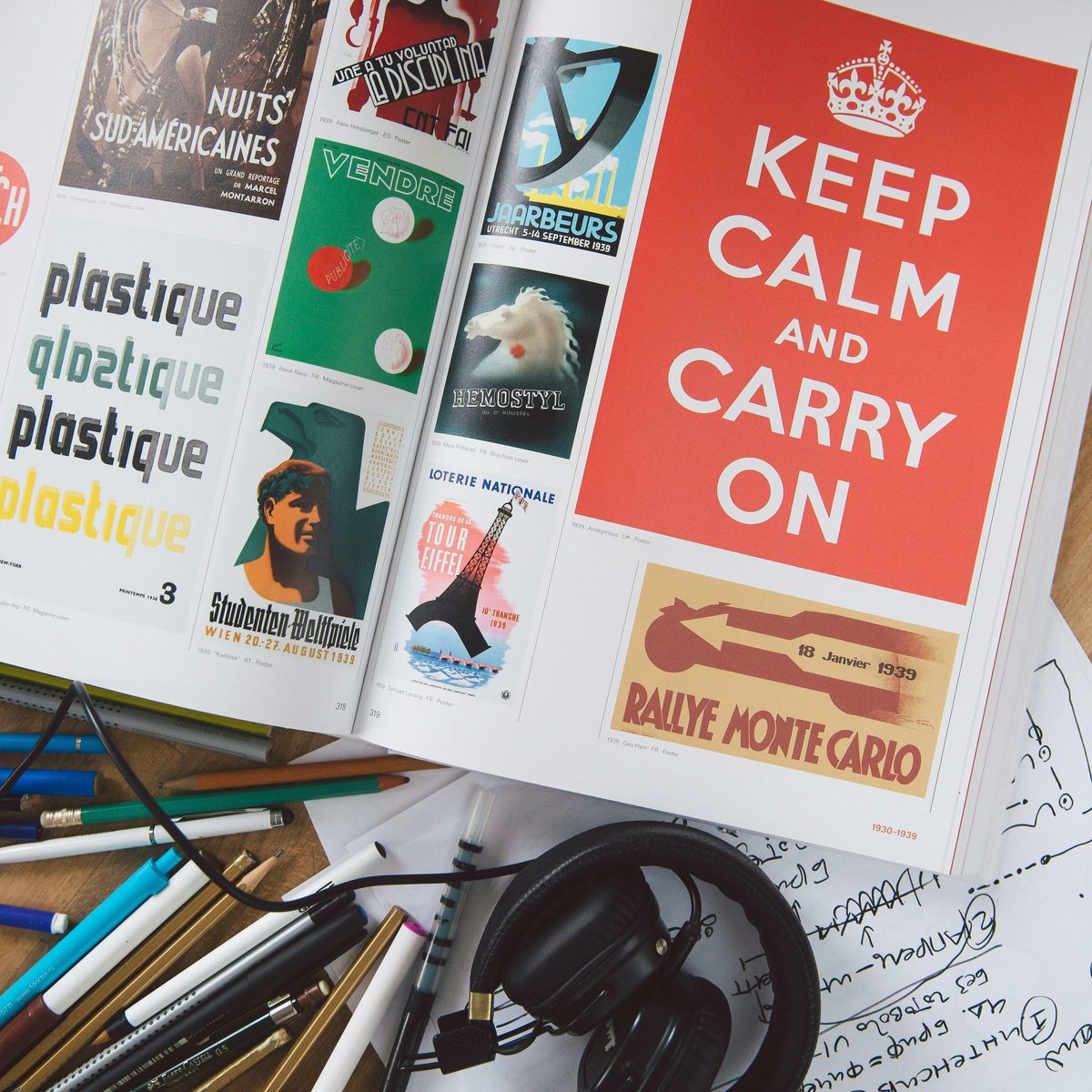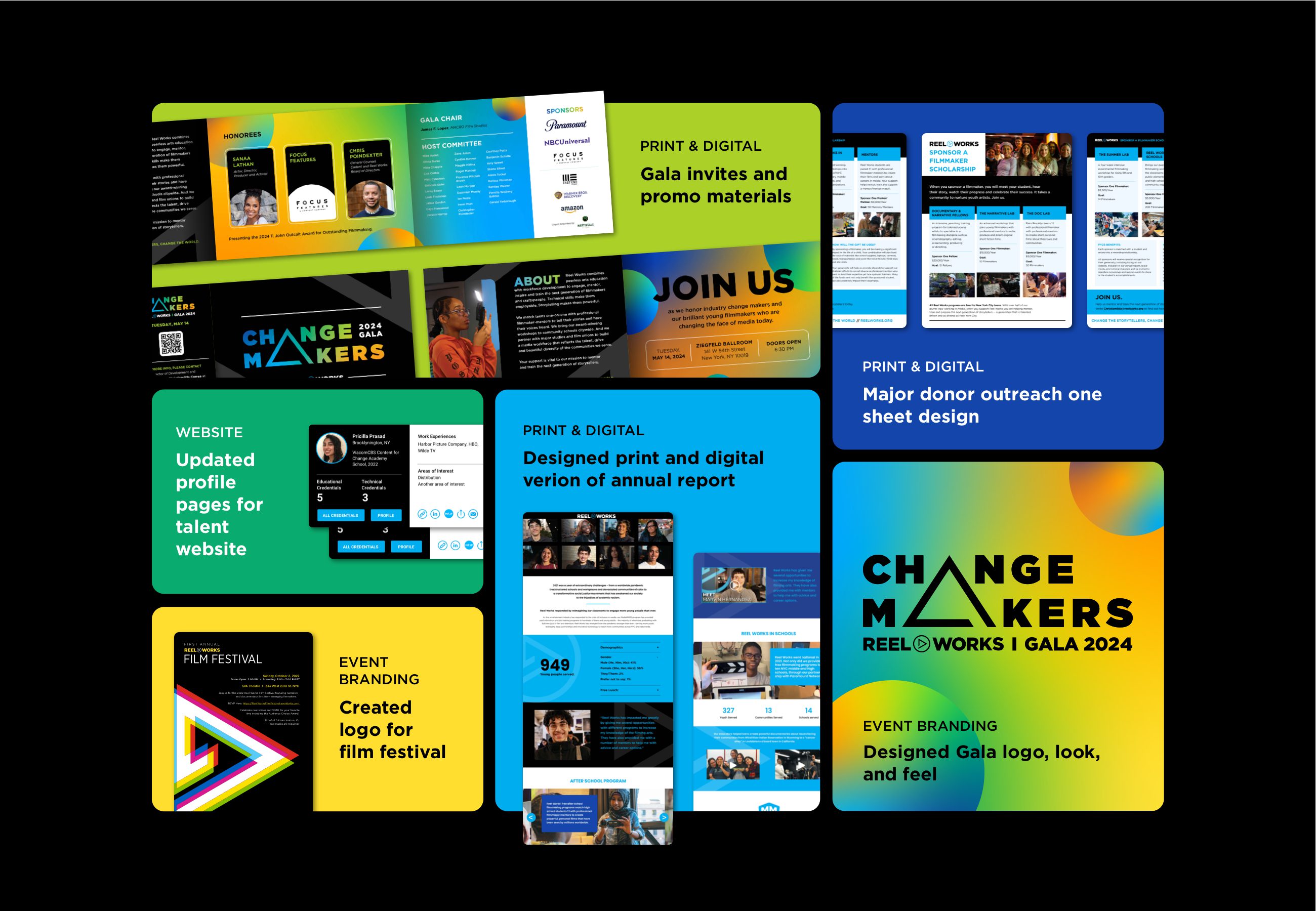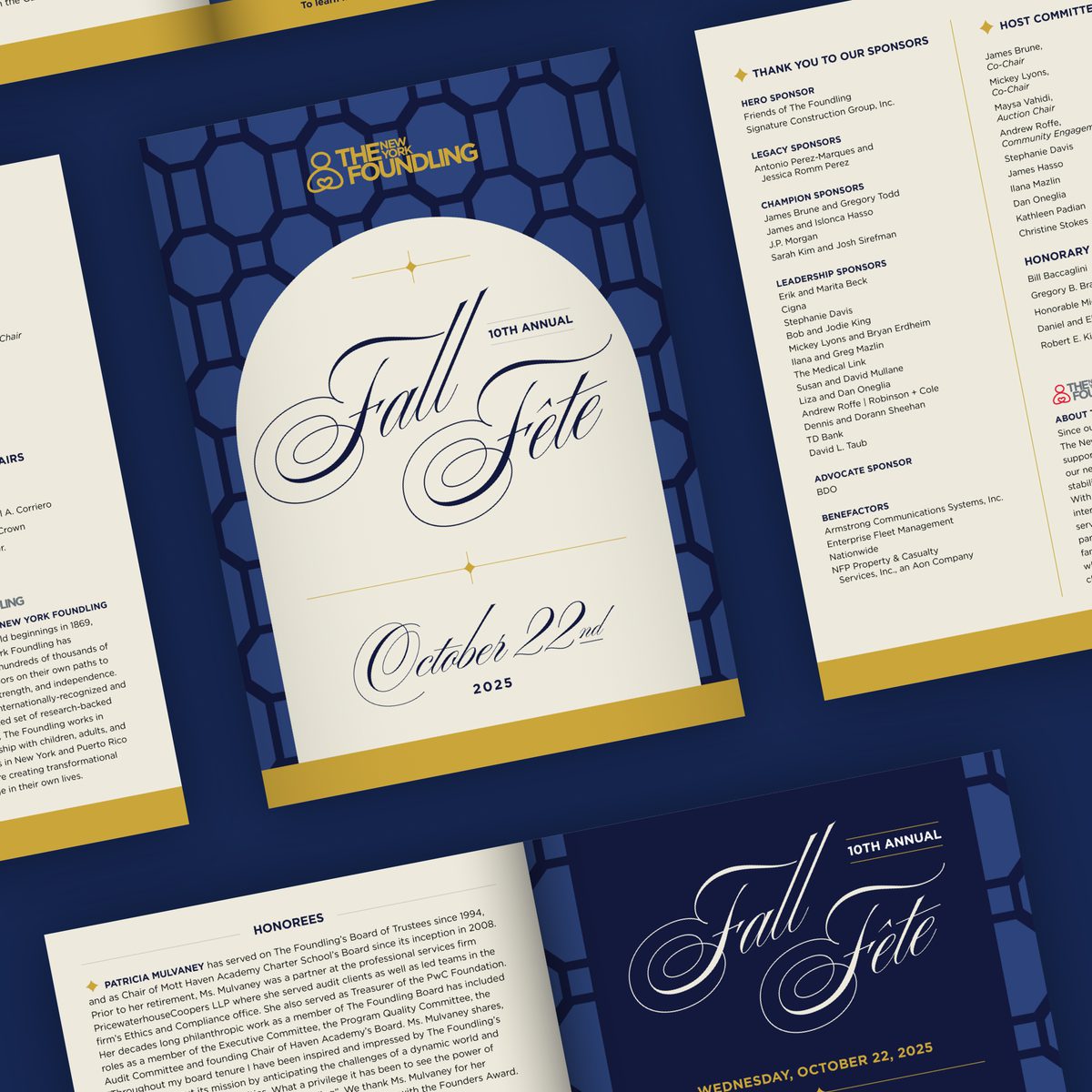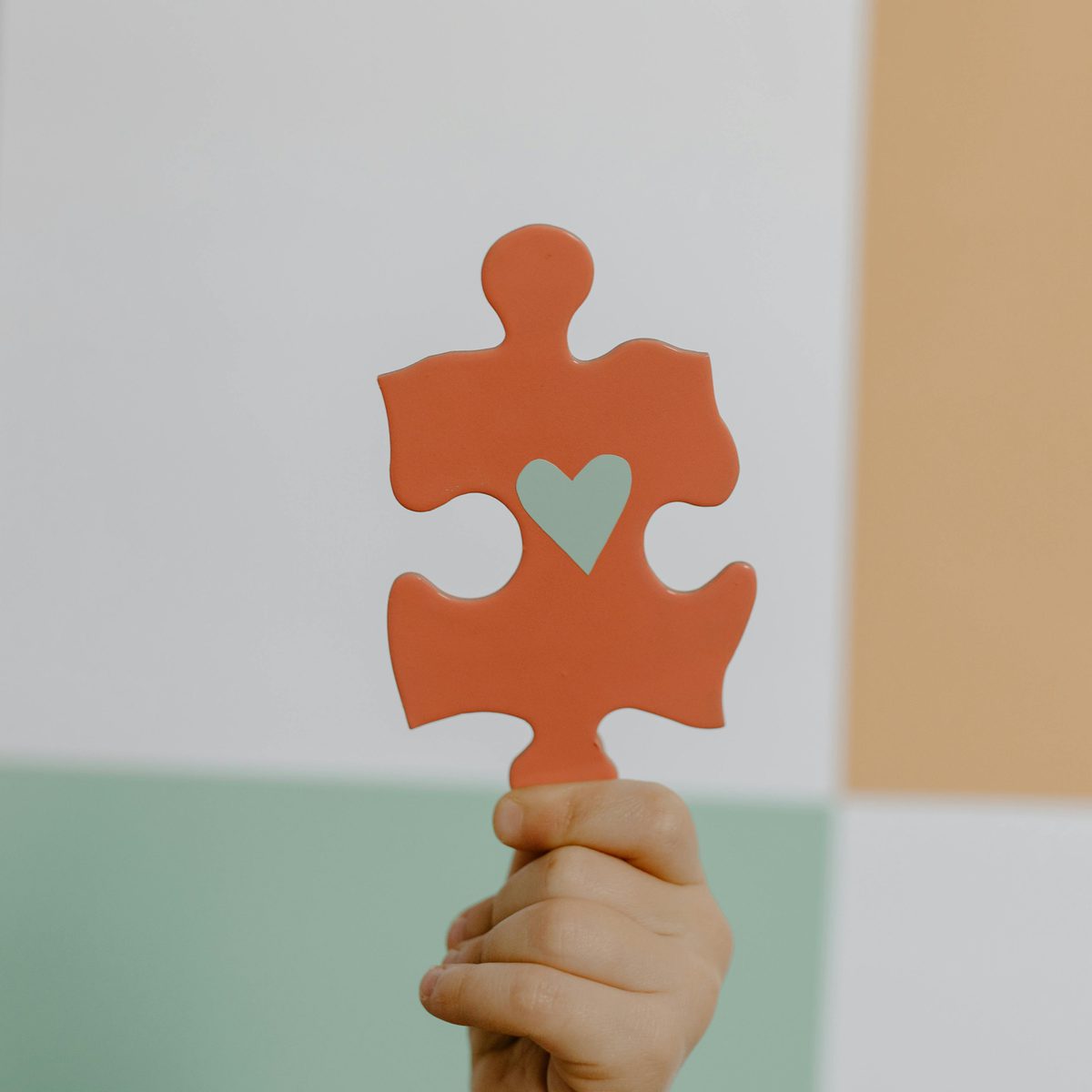- Expand Your Marketing and Outreach

- Expand Your Marketing and Outreach
The power of the little things: a case for having dedicated design resources at the ready
Nonprofits have design needs all the time. Sometimes these needs are large, like a new annual report or website. Often they are small. You might need a new social media template or a graphic for an email. Or you may find a conversation to explore the creative strategy around a new idea helpful. Many organizations will contract for the large projects. This is not always practical for the smaller ones. When you don’t have the creative resources at the ready, you are missing out on small opportunities that can make a big difference.
In this article, we’ll explore the value of small design tasks and how fractional design teams can be the perfect solution to meet these needs for smaller nonprofits.
The value of design for small needs
Large-scale design projects often get the spotlight. A newly designed logo or website is celebrated by all that are involved. They can have a huge impact on your efforts. But smaller, outreach tasks, if well designed, can also have a cumulative impact on your nonprofit’s communications.
The following are examples of small tasks that can benefit greatly from having a creative team at hand:
- A simple graphic for an email campaign can draw attention to a new initiative, leading to higher engagement and support.
- A social media template to keep your posts visually consistent, making them more recognizable and memorable.
- Minor tweaks to your website can improve user experience, making it easier for visitors to find information and take action.
- A simply designed Google Docs template for your team to use to create materials that remain consistent with your brand.
Small ideas and creative planning: a case study
Here’s an example of how impactful having a creative team can be for strategic planning—a conversation around new and smaller ideas.
One of our client partners called a meeting with us to discuss a new initiative. They have been working on content for a train the trainers pilot program with a new partner. The meeting was to explore the presentation and user experience around the created content. They expressed some ideas about creating a microsite, PDF templates, and some sort of comment or feedback system, but at the same time did not want this to be a large effort. The meeting goals were to explore these ideas and decide what makes sense to actually do.
At the start of the call, we asked a few questions to help us get up to speed on the big picture:
- Who is this content for?
- What is the expectation of what they will do with it?
- How does this new initiative fit alongside other organizational efforts?
- How much investment might make sense for this effort?
With this background understanding in mind, we explored their ideas and some new ones. Collectively, we came to the conclusion that we could repurpose materials they already had adding minor design updates. This would allow them to feel good about the program materials without involving a complete design effort in the pilot phase.
- We need little or no web presence as it could all be delivered via email. This will make it even easier to deliver the needed content to the right audience without it being fully public.
- We would revise existing templates in Google Docs to add some program-specific elements.
- We also will look at a design treatment to add to existing PDFs. These assets would help bring some cohesiveness to the collected content for this pilot.
- A Google Form or something similar can gather the type of feedback/comments desired.
When the program grows beyond the pilot, we will discuss more robust plans to support it. But for the pilot, it is enough to keep things simple and less labor-intensive.
An hour meeting resulted in our collective team, including our client, feeling confident. Our simpler solution is cost-effective while delivering an experience that represents the organization and their partners well.
This is one example of many where having a creative team at the ready can help lend a strategic hand. Here are some other small task examples where a bit of creative strategy and know-how can make a difference.
- Keeping the brand style guide up to date.
- Coordinating with content leadership to strategize any assets or templates needed for presentations, social, email, and more.
- Mapping out the year’s major design efforts and set milestones for content preparation, deadlines for any printed materials, and more help reduce stress and improve efficiency.
- Help with design-related needs to include with grant proposals.

Examples of large and small design efforts done for Reel Works. Efforts range from event branding and collateral to a small improvement to an alumni talent directory website.
Addressing your small design needs
A fractional design team can provide dedicated, ongoing support without the overhead of a full-time hire. Having a part-time team is more versatile than even hiring a freelancer. You get the benefit of multiple people with different areas of creative expertise. Our fractional team model includes creative direction, brand, web, and print design, web development, and deep knowledge of critical nonprofit marketing and engagement tools.
Having a team that provides creative direction and execution at the ready ensures all your design efforts get done right. Without dedicated creative resources, the examples shared in this article often won’t get done or are tasked to overburdened staff.
If hiring external resources is not yet an option, here are some practical tips to help your stay on top of these tasks:
- Prioritize consistency: Develop a set of brand guidelines that outline your visual identity, including colors, fonts, and logo usage. Ensure all team members are familiar with these guidelines and use them consistently.
- Leverage templates: When working on projects with creative partners, consider templates as deliverables. These can help you once a creative project ends, be consistent and on brand.
- Utilize design tools: There are many design tools available that can help non-designers create professional-looking graphics. Tools like Canva are easy to use and offer many nice templates out-of-the-box. You can also have custom templates created for you by designers that more closely match your look and feel.
Small efforts, big impact
For many nonprofits, in particular smaller ones, maintaining design quality with small tasks is hard. Adding a fractional design team to your staff can transform the way you approach design by offering more consistent support and guidance.
As a next step, consider assessing your current design needs and exploring fractional design options. If interested in learning more about our fractional design team services, please contact us.
More Articles
- Expand Your Marketing and Outreach
A thoughtful approach to nonprofit event branding
- Expand Your Marketing and Outreach
Expert-backed tips to boost donations through your website
Mightier Newsletter
Join our community of nonprofiteers and the partners that support them. Our monthly newsletter includes resources with small and mighty teams in the social sector in mind – sharing tips to help with content creation, website use, marketing, and more.
SubscribeBrought to you by MOD-Lab
At MOD-Lab, we're the thoughtful design partner for small teams like yours doing big things in the social sector. We create memorable branding, design materials, and websites that showcase the quality of your work and reflect your true impact.


